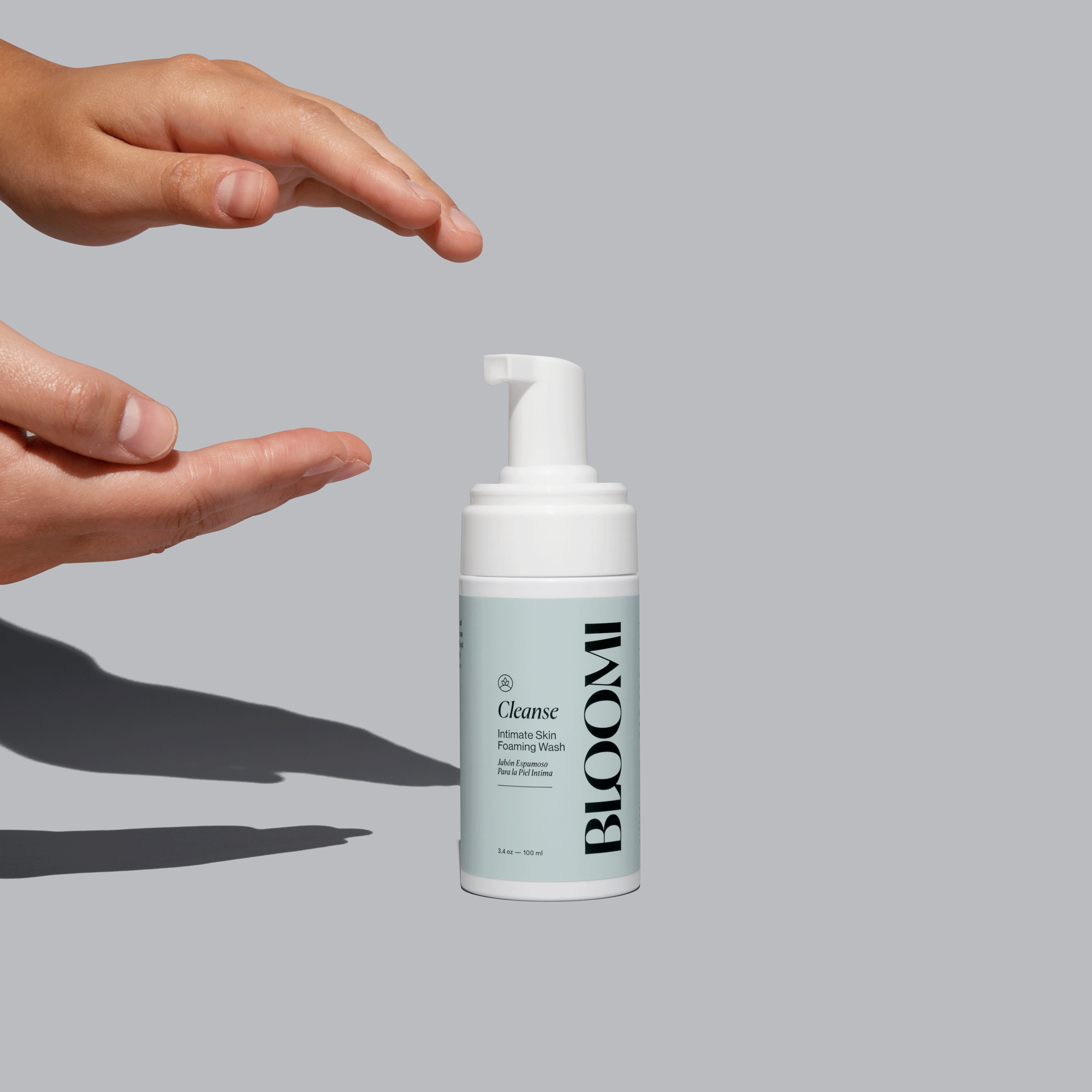How to wash intimate skin
Hygiene practices for intimate areas look different for everyone, and that’s OK. However, there are some basics to cleaning intimate skin that everyone should know. Here are the do’s and don’ts.
Do
Check the ingredients label on your intimate wash. Make sure it doesn’t include ingredients like glycerin, gluten, phthalates, sulfates, parabens, alcohol, artificial dyes and fragrances.
Don’t
Use a regular body wash or bar of soap to clean your intimate areas. Body washes tend to have very high pH levels (8.0-9.0) that disrupt intimate skin and can lead to irritated skin, microtears, yeast infections or bacterial vaginosis.
Do
Focus on cleaning external intimate areas: in between the outer labia lips, underneath the clitoral hood, testicles, penis and the anus. You’ll want to target areas that release fluids like sweat, menstrual blood, semen, urine or feces.
Don’t
Clean the inside of your vagina with douches or intimate skin washes. The inside of the vagina is self-cleaning and contains natural fluids that flush out any unwanted substances or bacteria. Medical professionals agree that people should avoid washing the vagina with douches or other internal products unless medically indicated.
Do
Gently pat dry your intimate areas after a shower. Bacteria thrives in warm, wet environments, so be sure to dry your intimate areas well before getting dressed.
Don’t
Wash with scorching hot water. This will strip your intimate skin and cause dryness that may lead to itching, irritation/redness or discomfort throughout the day or during sex.
Do
If your penis is uncircumcised, be sure to pull back the foreskin and rinse the head of the penis thoroughly. This will help prevent infection(s) or strong odor(s).
Don’t
Forget that your anus/backside is considered intimate skin as well. Be sure to rinse this area well, especially if engaging in anal sex or rimming with a partner.
Cleanse Intimate Skin Foaming Wash
Explore this clean, aloe-based foam for your daily shower routine.
The Ultimate Do
Choose Cleanse as your new go-to intimate skin wash. Formulated with both vulva and penile skin in mind, Cleanse is plant-based (it’s made of water, aloe and gentle plant preservatives), pH-balanced (5.0-5.5) and doesn’t contain intimate skin allergens like glycerin, gluten, phthalates, sulfates, parabens, alcohol, artificial dyes and fragrances. Its beautiful foaming lather is gentler on the skin compared to other typical gel–based cleansers on the market.


